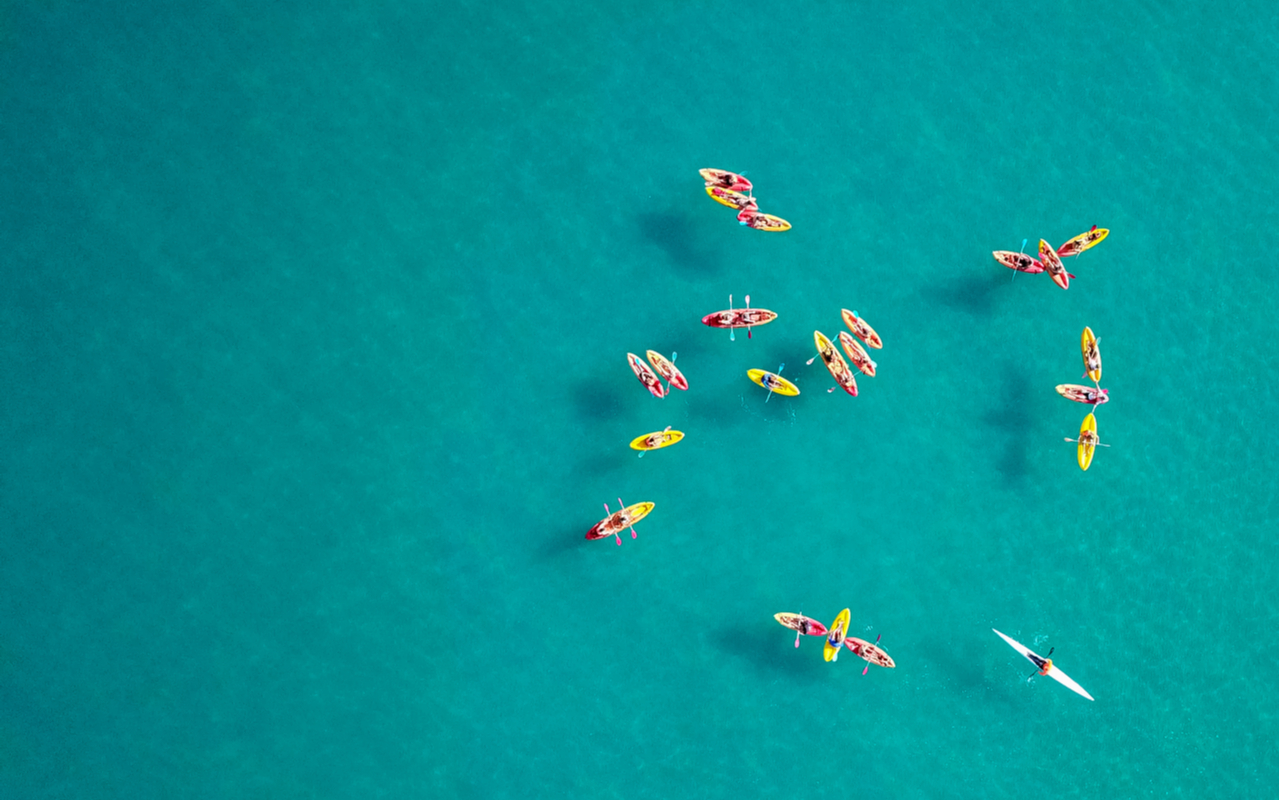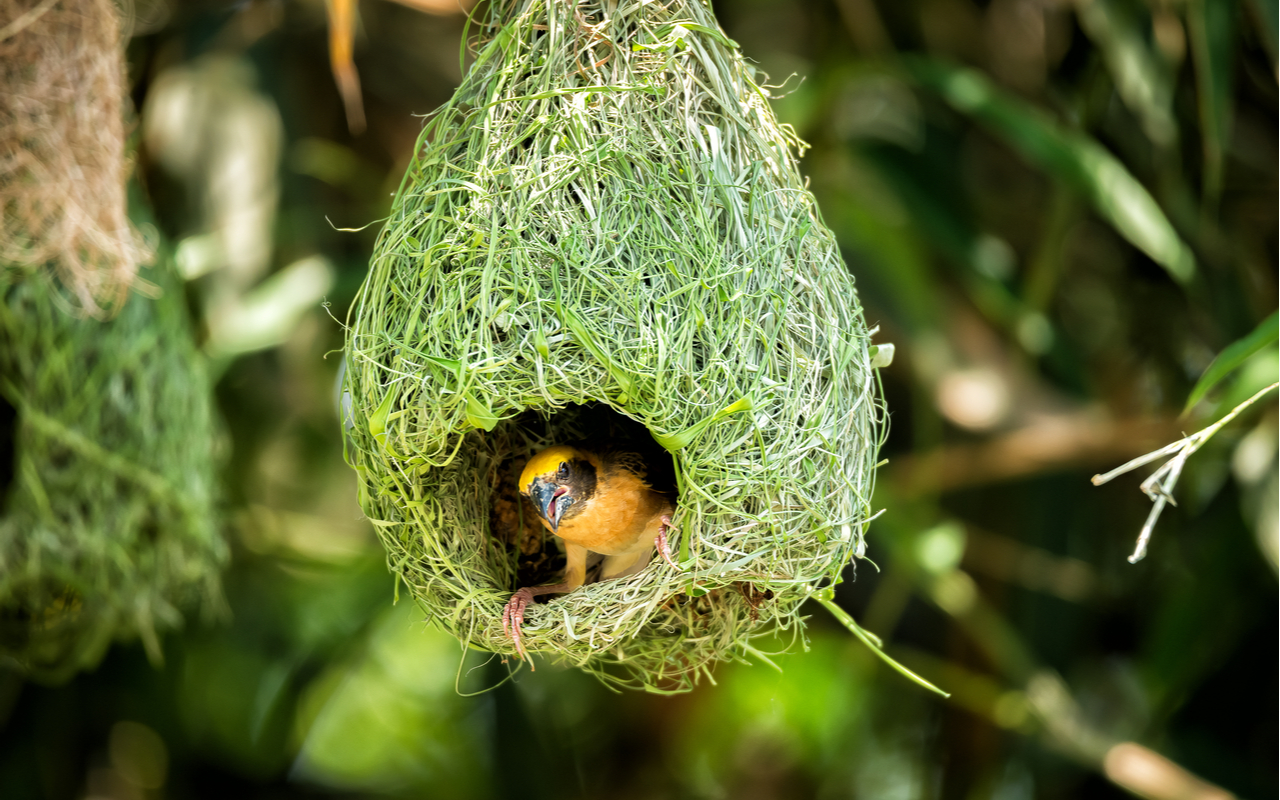With recent news that Singapore‘s scientists are reconstructing our coral reefs with Lego bricks (yes, you read that right), perhaps we need a few more constructive ways to pass the time and get back in tune with the environment. Being eco-friendly isn’t just about recycling and using less air-con, but thinking about new ways to engage with the reality of our surroundings, whether it be learning about Singapore’s fragile ecosystems, eating local produce, or simply getting out of our comfort zones to try sustainable ideas.
Here are a few new ways to approach sustainability that we can incorporate into our personal lives, whether it’s checking out a new place to experience nature, learning a new hobby, or pitching in to do some volunteer work.

1. Kayakasia
Kayakasia prides itself on offering guests a chance to experience parts of the world “only accessible by kayaks”, leaving a minimal carbon footprint on the environment. It isn’t just about paddling from one point to another, either – the more elaborate tours include stops to let guests swim, go on short hikes, pop into a museum, and of course, eat. The whole idea is to get in tune with nature and see pockets of the world you normally wouldn’t be able to, all on your own steam. During normal times, this eco-conscious travel company takes people on “human-powered” adventures all over Southeast Asia. These days you can still get out and about in Singapore and explore mangroves in Sungei Simpang, the rivers on Pulau Ubin, or the Kusu-Lazarus Islands trail.
2. BES Drongos
BES Drongos is a group made up of students from the Bachelor of Environmental Studies (BES) programme at the National University of Singapore (NUS). Their love for nature and birds is evident: they’ve named themselves after a native songbird. Sign up for their free guided walk to explore Macritchie Reservoir Park – a great way to learn more about the country’s oldest reservoir and its many animal residents from knowledgeable folks who are happy to share. There’s plenty to see along the Petai Trail (part of the longer Prunus and Petai Trail): macaques, banded woodpeckers, soft-shelled turtles, a whole range of lizards, snakes, and more. If you’re lucky, you might spot a wild boar. It’s a boardwalk trail that takes around 2.5 hours to complete.

3. Repair Kopitiam
A big part of sustainable eco-friendly living is learning to cut down on unnecessary consumption and waste, which are part of a costly “throwaway culture”. Repair Kopitiam is a group that teaches people important repair skills to keep everything from electronics and furniture to appliances and clothing in good working order. It’s a great way to learn home repair DIY skills that can be practically applied everywhere. Sign up for their seven-hour-long Handyman course – you can use your SkillsFuture Credits – on any of their four topics and you’d be tinkering around your home in no time. If you’re pretty handy already, consider signing up as a volunteer to help others — it involves a 10-week training programme every Sunday. Repair Kopitiam meets on the last Sunday of the month to help fix anything that is broken, and it’s totally free.
4. Hantu Bloggers
This marine advocacy group is named after the nearby Pulau Hantu, a popular spot for snorkelling, fishing, camping, and swimming. It’s a volunteer non-profit organisation that does important educational work on Singapore’s marine heritage, with an aim to raise awareness on Singapore’s small, yet biologically diverse reefs. These include taking people out for dives and organising exhibitions, talks and tours. You can volunteer to be a reef guide instead, with a commitment of volunteering at least four times a year (this does include some training dives to familiarise yourself with the reefs). If you’re not into diving, you can still volunteer for land-based events that don’t involve getting into the water at all. You’ll learn all about the reef life around Singapore and pick up some new skills along the way. Only certified divers can sign up for organised dives, with rental options offered if you don’t have your own gear.

5. Tampines Eco Green
This hiking-only park has several biodiverse habitats across 36.5 hectares: freshwater wetlands, open grasslands, marshes, and an open rainforest, with a strong reputation for bird-watching. It’s a particularly popular spot to look for the yellow-brown Baya Weaver with its distinctive teardrop-shaped nest. The park is an ideal getaway for nature lovers who want to appreciate the great outdoors with as few human-made elements as possible (even their toilets are eco-friendly). Of course, this means that there are rules: there are no lights in the park after dark to avoid disturbing local flora and fauna; no fishing, and no pets. No bikes, either… you’ll have to push your bicycle along or find a designated parking spot. The trails take about 1.5 hours to 2 hours to complete.
Please check the establishments’ respective websites for opening hours as well as booking and seating requirements before visiting, and remember to adhere to safe-distancing measures while out and about.
SEE ALSO: 7 scenic cycling routes in Singapore to check out
The post 5 interesting eco-friendly things to do in Singapore appeared first on SilverKris.
from SilverKris
No comments:
Post a Comment